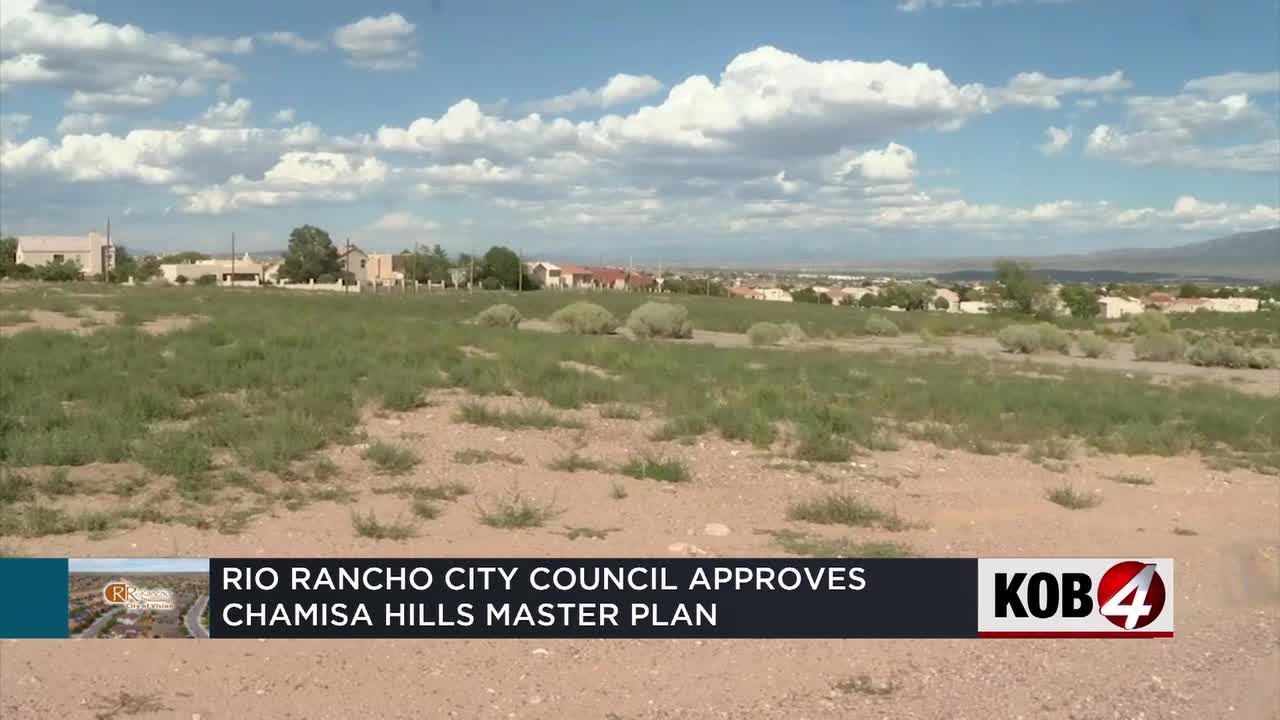Dispute Over Governance Leads To Separate Rio Rancho County Dispatch
A Rio Rancho Observer series published November 13 revealed a long running breakdown in cooperative emergency dispatch operations between the City of Rio Rancho and Sandoval County, with documentary evidence showing years of disagreement over governance, technical systems and the joint powers agreement. The split matters to local residents because it has altered how 911 calls are routed, created operational gaps during transitions and raised questions about responsibility and costs for public safety services.

The first installment of an in depth series published November 13 traced how disputes over representation and the operation of a regional dispatch setup evolved into a formal separation of services. For years the City of Rio Rancho operated the Sandoval County Regional Emergency Communications Center under a joint arrangement with the county. That arrangement deteriorated as disagreements over governance, technical compatibility and the terms of the joint powers agreement accumulated, and Sandoval County ultimately decided to build and staff an independent county dispatch center.
Documentary records in the series show the disagreements began several years ago and involved both policy and system level concerns. The split produced immediate operational impacts. Calls that once flowed through a single regional center have required transfers, rerouting and manual workarounds when systems failed or when agreements about responsibility were unclear. Emergency responders and public safety managers reported technical hurdles as part of the transition, including compatibility issues between equipment and the need to change call routing protocols.
City and county officials offered statements acknowledging transition problems and noting different interpretations of responsibility during the changeover. Those statements reflected competing priorities about governance and operational control, and they underscored the political as well as technical dimensions of the breakdown. For residents the practical effects were tangible. Delays caused by transfers and rerouting can affect response times, and fragmented governance raises questions about oversight, funding and accountability for emergency communications.

The series serves as an explainer for why separate dispatch services now exist, how calls are handled when failures occur and what public safety professionals say must be fixed going forward. Officials identified several priorities for remediation, including clearer governance arrangements, technical interoperability between systems, an updated joint powers agreement with defined representation and responsibilities, and robust transition plans with regular testing and training.
The reporting sets the stage for subsequent installments that will examine operational records and the costs and community impacts of the split. For Sandoval County residents, the story highlights that emergency communications depend as much on governance and coordination as they do on technology and equipment.


